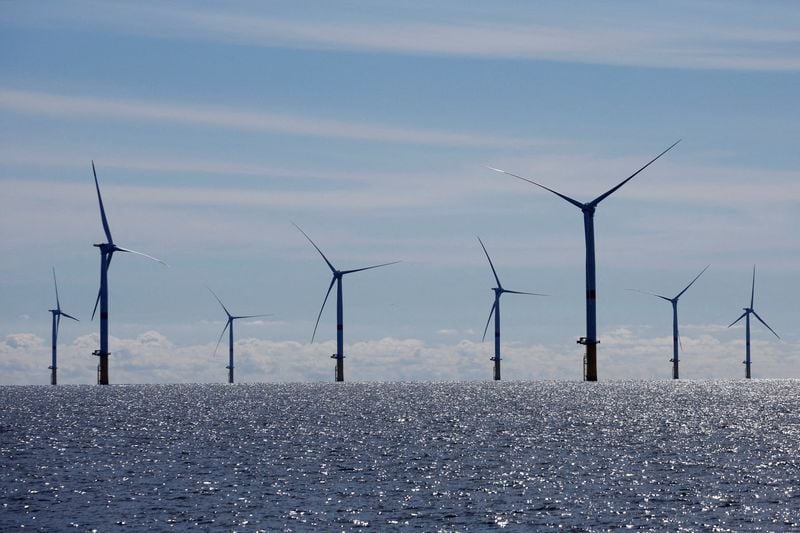
New Jersey’s latest clean-energy endeavor, an offshore wind farm off Long Beach Island led by Leading Light Wind, has hit a significant roadblock. The ambitious project, which aims to help the state meet its renewable energy goals, has been delayed after the developers requested a pause from the New Jersey Board of Public Utilities (BPU).
Leading Light Wind, an American-founded initiative, cited industrywide market challenges as the reason for the delay. The company has struggled to secure a manufacturer for the essential turbine blades—a critical component for the project.
In a July filing, which was only recently made public, Wes Jacobs, project director and vice president of Offshore Wind Development at Invenergy (a key partner in the project), emphasized the need for more time to negotiate with the BPU and supply chain partners. Despite the challenges, Jacobs remains optimistic about the project’s future. “As one of the largest American-led offshore wind projects in the country, we remain committed to delivering this critically important energy project, as well as its significant economic and environmental benefits, to the Garden State,” he said in a statement.
The delay in the Leading Light Wind project mirrors the broader struggles that the offshore wind industry has been facing. Rising costs, supply chain disruptions, and a shift in global market conditions have made it harder for developers to stick to their original timelines. This follows another blow to New Jersey’s offshore wind ambitions when Danish energy giant Ørsted made headlines in 2023 by withdrawing from its Ocean Wind 1 and 2 projects, despite heavy state investment and incentives.
Ørsted’s decision to back out of New Jersey’s first major offshore wind projects sent shockwaves through the industry. The company cited financial pressures, inflation, and rising interest rates, making the projects financially unviable. The withdrawal was a major setback for the state, which had planned for the Ocean Wind projects to be operational by mid-decade and produce enough energy to power hundreds of thousands of homes.
New Jersey has been at the forefront of renewable energy in the U.S., with Governor Phil Murphy’s administration pushing to make the state a leader in offshore wind. The state has set ambitious goals, including generating 7,500 megawatts of offshore wind energy by 2035, but recent delays have raised questions about whether those targets are still realistic. With Ørsted’s retreat and now the pause on Leading Light Wind, the future of New Jersey’s wind energy sector appears more uncertain than ever.
Despite these challenges, industry experts remain hopeful that these projects will ultimately come to fruition. However, delays like those experienced by Leading Light Wind highlight the difficulties in transforming bold clean-energy ambitions into reality. The combination of rising costs and complex supply chains has introduced significant hurdles, ones that New Jersey will need to overcome to maintain its leadership in the renewable energy space.

